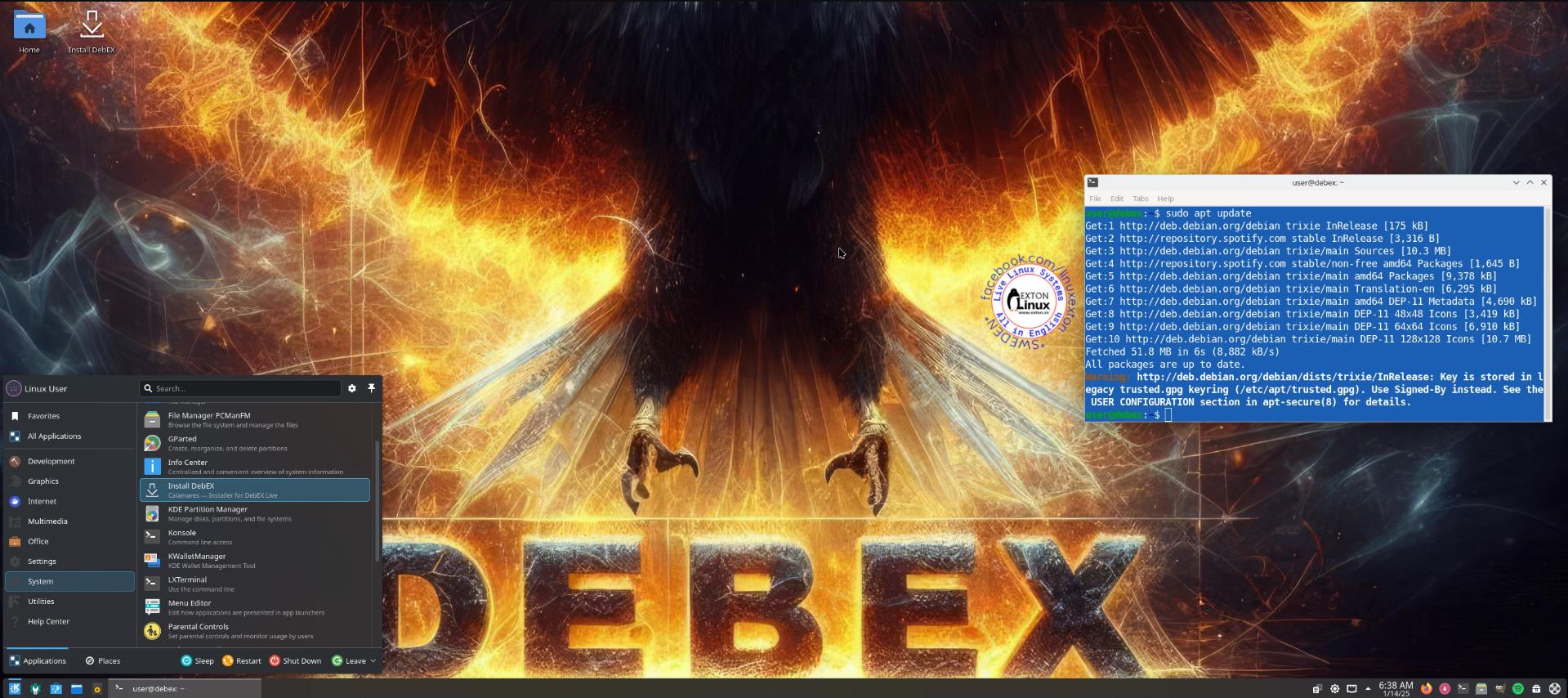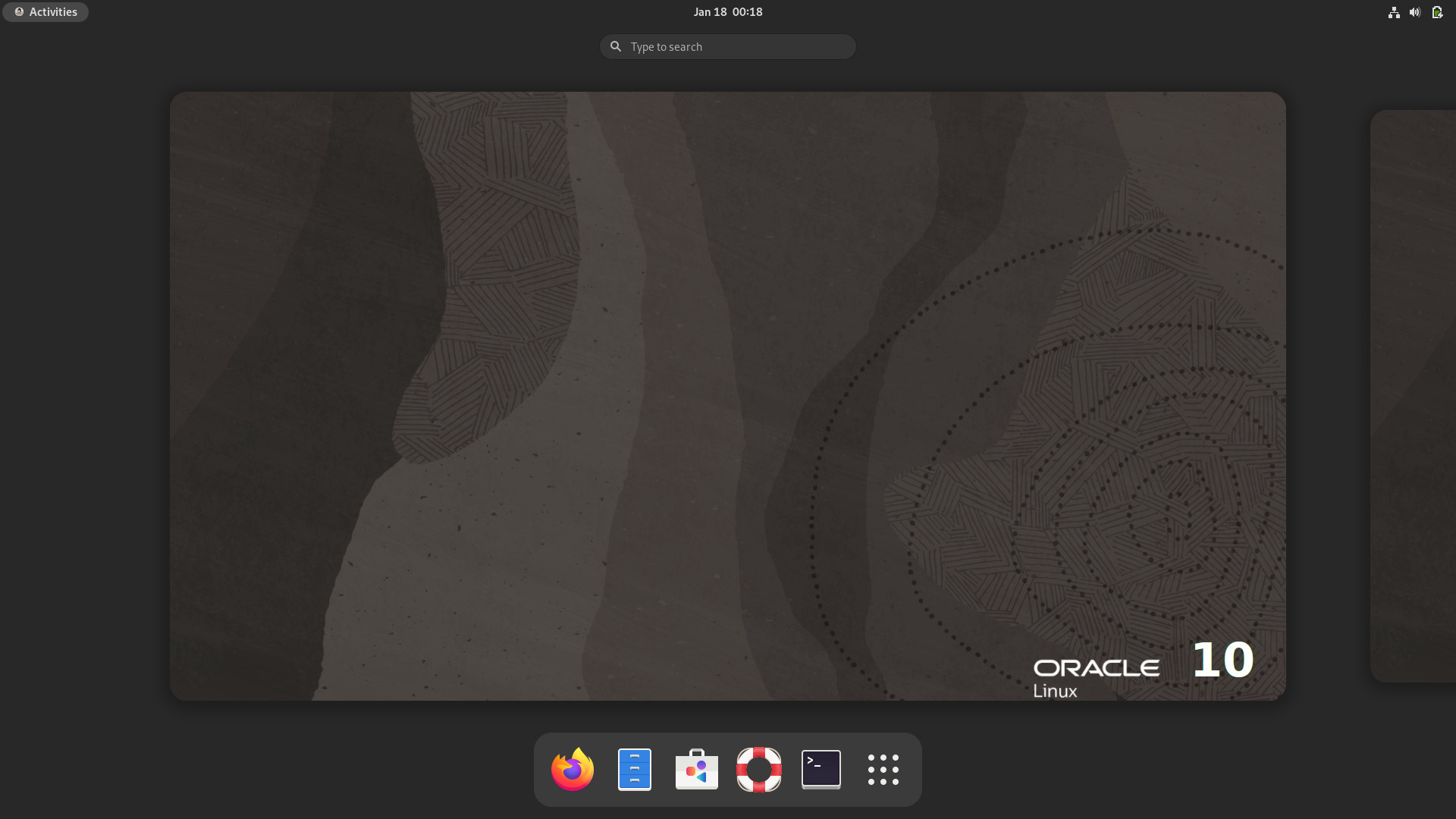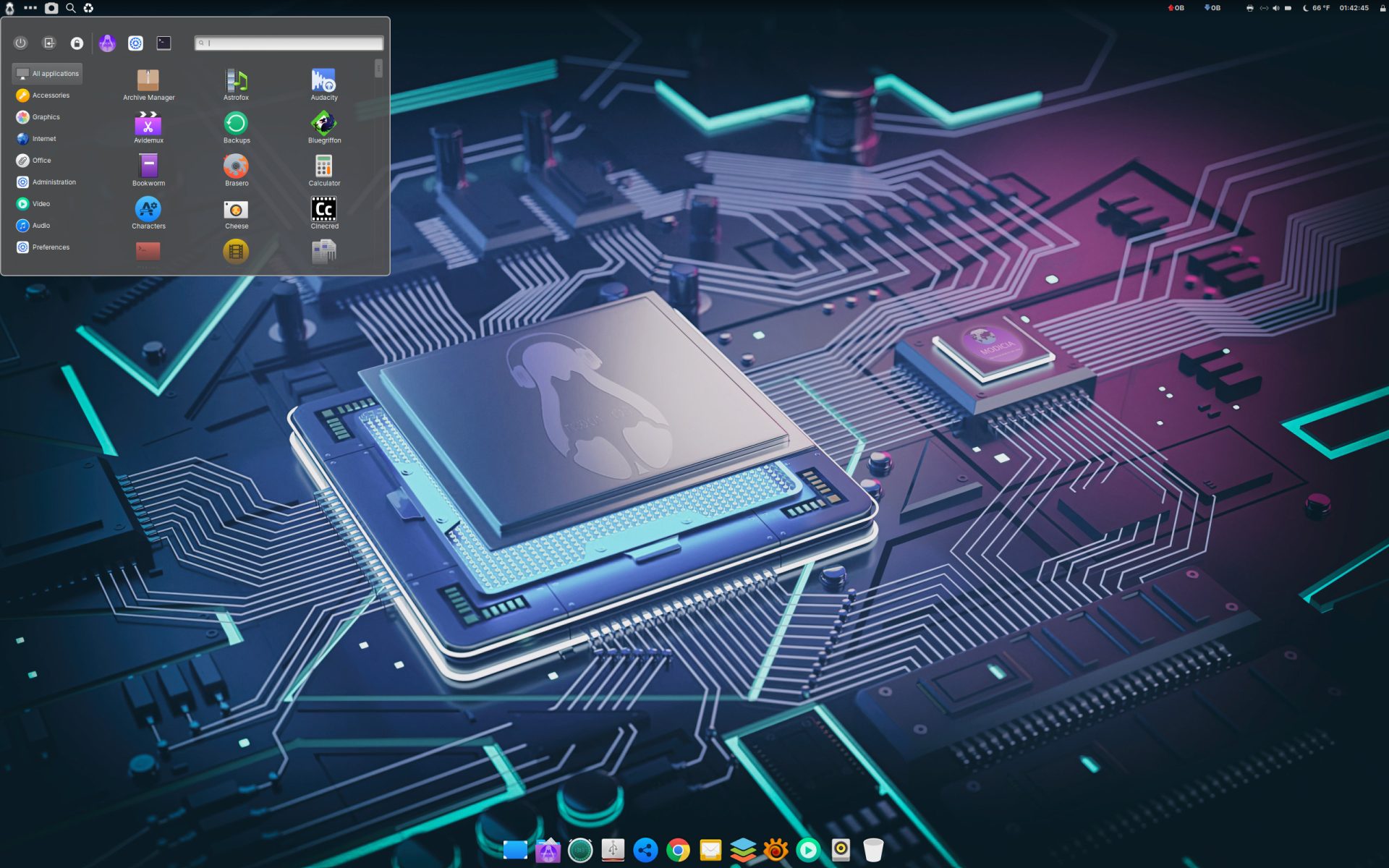The world of open-source operating systems is vast, with Linux and BSD (Berkeley Software Distribution) standing out as prominent players. While Linux has grown into a household name, powering everything from smartphones to supercomputers, BSD remains a niche option, often overshadowed by its open-source sibling. This raises a compelling question: Why is BSD not as popular as Linux? The answer lies in a complex interplay of historical, technical, and cultural factors.
Historical Roots and Fragmentation
The origins of BSD trace back to the early days of Unix at the University of California, Berkeley. BSD started as an extension of Unix, introducing many innovative features, such as the TCP/IP stack that became the foundation of modern networking. Despite these contributions, BSD encountered legal challenges in the early 1990s due to a lawsuit filed by AT&T, which claimed proprietary ownership over parts of BSD’s codebase. Although the lawsuit was resolved, it delayed the adoption and development of BSD, giving Linux, which was unburdened by such legal troubles, a head start.
Additionally, BSD’s ecosystem is fragmented into multiple distributions like FreeBSD, OpenBSD, and NetBSD. While these projects cater to different niches—performance, security, and portability, respectively—their divergence has diluted BSD’s overall presence in the market. By contrast, the Linux ecosystem benefits from the unifying force of the Linux kernel, with most distributions maintaining compatibility and fostering collaboration.
Licensing Differences
One of the key distinctions between BSD and Linux lies in their licenses. BSD uses a permissive license, such as the BSD License, which allows the software to be used, modified, and redistributed with minimal restrictions. Companies can take BSD code, modify it, and incorporate it into proprietary products without sharing their changes. For example, major operating systems like macOS and proprietary networking equipment have roots in BSD.
While this permissiveness has enabled BSD to influence numerous commercial projects, it has not fostered the same vibrant, collaborative community that Linux enjoys. The GNU General Public License (GPL), which governs Linux, requires that any derivative work also be open source. This “copyleft” principle has compelled companies using Linux to contribute their improvements back to the community, creating a positive feedback loop of innovation and development.
Community and Advocacy
The Linux community benefits from an active, passionate, and expansive user base. Advocacy groups like the Linux Foundation, countless conferences, and thriving online forums contribute to Linux’s widespread visibility. In contrast, the BSD community, while technically proficient, lacks the same level of organization and outreach.
Linux’s grassroots movement has also captured the imagination of developers and enthusiasts, positioning Linux as a symbol of freedom and collaboration. BSD, with its roots in academia, has maintained a more subdued image, appealing primarily to systems administrators and engineers who value its stability and security.
Hardware Support and Drivers
Another critical factor influencing the popularity of BSD is hardware support. Linux’s rapid adoption and large user base have encouraged hardware manufacturers to prioritize writing drivers for Linux. Additionally, many open-source contributors develop and maintain drivers for Linux, ensuring compatibility with a wide range of devices.
BSD, on the other hand, often lags behind in hardware support. The permissive BSD license, which does not mandate sharing modifications, means that companies using BSD-derived code in their hardware products are not obligated to contribute drivers back to the BSD community. Consequently, users of BSD-based systems may face compatibility issues with modern hardware, limiting its appeal for desktops and laptops.
Focus and Target Audience
BSD distributions are highly specialized, catering to specific needs. FreeBSD excels in performance and scalability, making it a popular choice for web servers and network appliances. OpenBSD is renowned for its security, and NetBSD boasts exceptional portability, running on virtually any hardware. However, this specialization limits BSD’s appeal to the broader audience that Linux targets.
Linux distributions, ranging from beginner-friendly options like Ubuntu and Fedora to advanced ones like Arch and Gentoo, cater to users across the spectrum. Whether a user is a developer, gamer, or casual computer user, there is likely a Linux distribution tailored to their needs. This versatility has helped Linux establish a foothold in both enterprise and consumer markets.
Commercial Backing
Linux’s rise to prominence can also be attributed to strong commercial backing. Companies like Red Hat, Canonical, and SUSE have invested heavily in developing and supporting Linux, making it enterprise-ready. These companies provide professional support, training, and certifications, which have made Linux an attractive option for businesses.
BSD, while influential in the enterprise space, particularly in servers and networking, lacks comparable commercial support. Projects like FreeBSD receive funding and contributions from companies, but the scale of investment pales in comparison to what Linux enjoys. This disparity has limited BSD’s visibility and adoption in commercial environments.
Perception and Awareness
For many, Linux is synonymous with open-source software. Its success stories, such as powering Android and being the foundation for cloud computing, have cemented its place in the tech landscape. BSD, despite its contributions to the same ecosystem, has not received similar recognition.
Part of this is due to branding. Terms like “Linux” and “GNU/Linux” are widely recognized, while BSD’s branding is less prominent. Even when people use BSD-based systems—like macOS or Juniper networks—they may be unaware of BSD’s role in those technologies.
Learning Curve and Resources
Linux’s extensive documentation and active communities make it relatively easy for newcomers to get started. Resources like online forums, tutorials, and official documentation are abundant. BSD also has comprehensive documentation, but the smaller community means fewer tutorials and third-party resources. For someone new to open-source operating systems, Linux often appears more accessible.
The Role of Momentum
Linux has reached a critical mass where its popularity feeds into itself. The more users adopt Linux, the more developers and companies are incentivized to support it, creating a virtuous cycle. BSD, with its smaller user base, struggles to achieve this same momentum. While BSD excels in specific niches, it has not been able to break into the mainstream consciousness in the same way.
Conclusion
BSD’s lack of popularity compared to Linux is not a reflection of its quality but rather the result of historical, cultural, and technical factors. From legal challenges and licensing differences to community engagement and hardware support, BSD’s journey has diverged significantly from Linux’s. While Linux has become the poster child for open-source success, BSD quietly powers some of the world’s most critical technologies.
For those who value stability, security, and permissive licensing, BSD remains an excellent choice. However, its niche appeal and fragmented ecosystem mean it will likely continue to play second fiddle to Linux in the broader open-source landscape. As the tech world evolves, the contributions of both BSD and Linux remind us of the diverse and collaborative spirit that drives open-source innovation.
Exton Linux – A Unique Collection of Advanced Linux Distributions
Exton Linux is not just one distribution — it’s a family of cutting-edge Linux-based systems develop…
Oracle Linux 10 Released – Built for Performance, Security, and Enterprise Stability
Oracle Linux 10 has officially arrived, marking a major milestone in enterprise operating systems. B…
Modicia O.S.: The Ultimate Multimedia Linux for Creators
In a world full of Linux distributions, few are designed with creators in mind. Modicia O.S. sets it…


